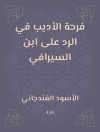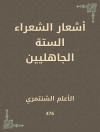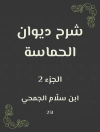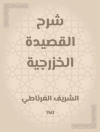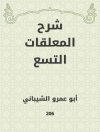In ‘The Dalby Bear, and Other Ballads, ‘ George Borrow immerses the reader in a rich tapestry of English folklore and oral tradition. This collection showcases Borrow’s signature style, which blends lyrical narrative with vivid imagery and vibrant dialogue. The ballads explore themes of nature, heritage, and the supernatural, all while reflecting the cultural landscape of mid-19th century England. Borrow’s deep appreciation for regional dialects and local lore amplifies the authenticity of his work, providing a unique insight into the people and places that inspired these tales. George Borrow, an English writer, and linguist, was known for his passionate interest in various cultures and languages. His travels across the British Isles and into Europe profoundly influenced his writings, allowing him to cultivate a distinctive voice that speaks to a wide audience. ‘The Dalby Bear’ exemplifies his dedication to preserving the oral traditions of the time, influenced by the Romantic era’s fascination with folklore and the nation’s heritage. Readers interested in cultural history, folklore, or the evolution of balladry will find ‘The Dalby Bear, and Other Ballads’ to be an enriching exploration. Borrow’s masterful storytelling and keen cultural insights make this collection a delightful and essential addition to any literary canon.
Про автора
George Borrow (1803-1881) was an English author, traveler, and linguist, whose eclectic life imbued his literary works with a unique vibrancy. With a passion for languages and the open road, Borrow employed his experiences among various cultures to enrich his narratives and character depictions. Best known for books such as ‘The Bible in Spain’ (1843) and ‘Lavengro’ (1851), Borrow’s work often reflected his own wanderlust and encounters with the Romani people, from whom he learned their language and customs. His literature is characterized by vivid storytelling combined with an anthropological interest in marginalized communities.
His lesser-known works include ‘The Dalby Bear, and Other Ballads’ (1872), a collection that showcases his ability and creativity in verse to convey potent tales and ballads echoing with the Romani influence. Borrow’s style incorporated elements of picaresque narrative, intersecting it with memoir and travel writing. While he garnered more popularity posthumously, contemporary scholars recognize George Borrow as a figure who bridged the gap between romantic and Victorian travel literature, capturing the zeitgeist of his time within his diverse literary contributions. Borrow’s legacy persists through scholarly examinations of his works and the avid interest of the George Borrow Society, which continues to celebrate and study his multifaceted life and oeuvre.


